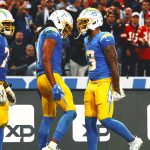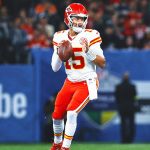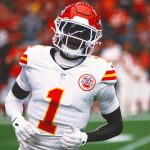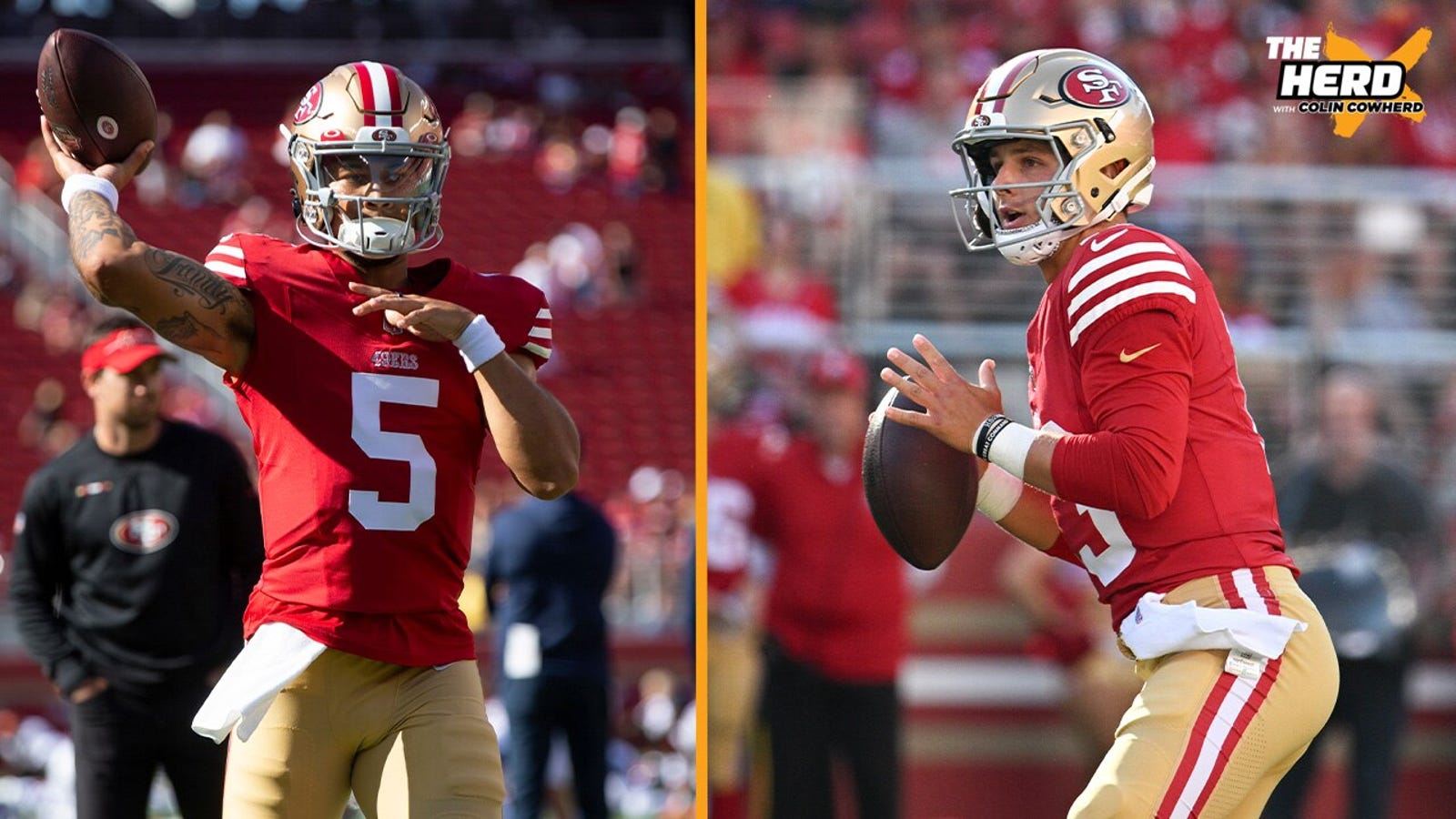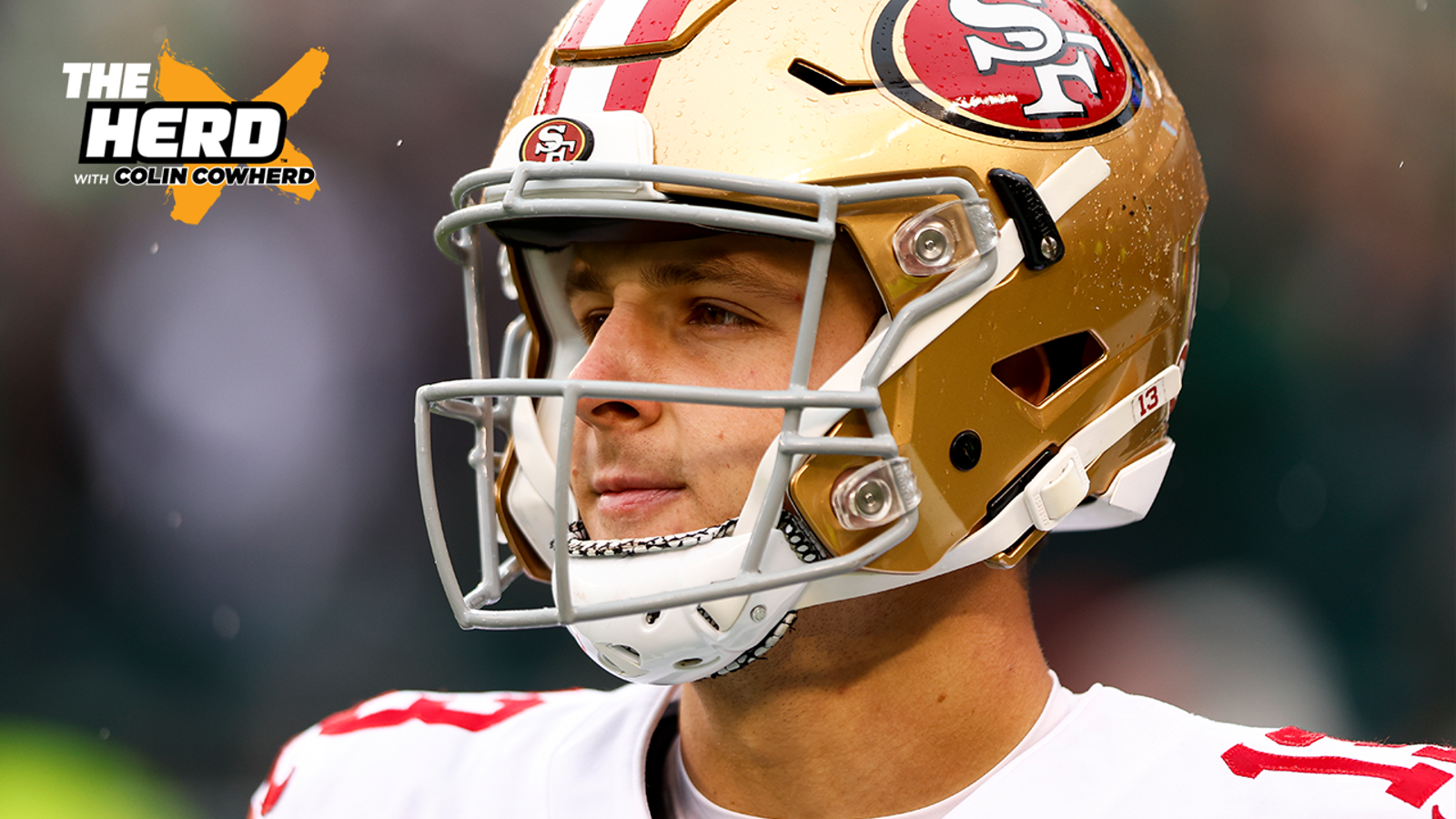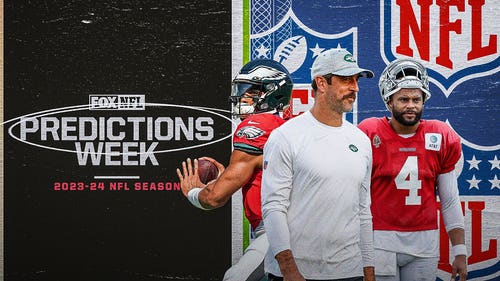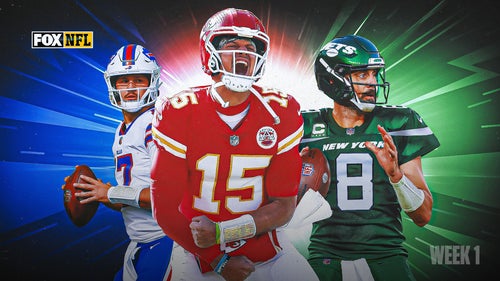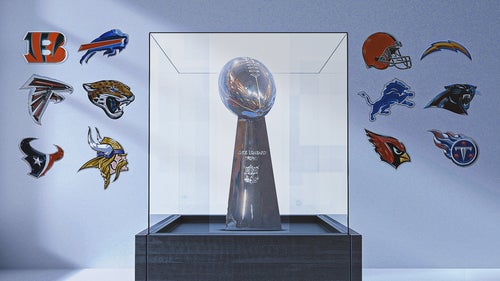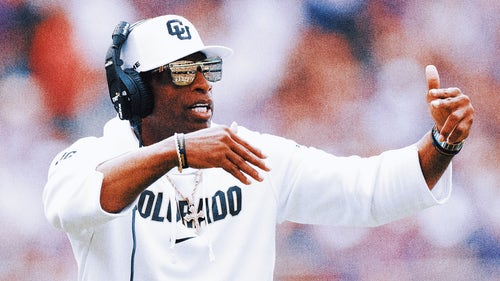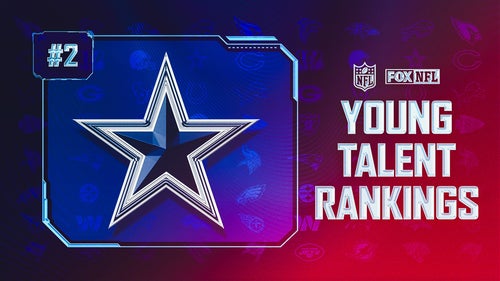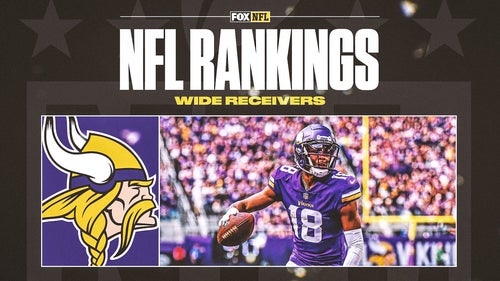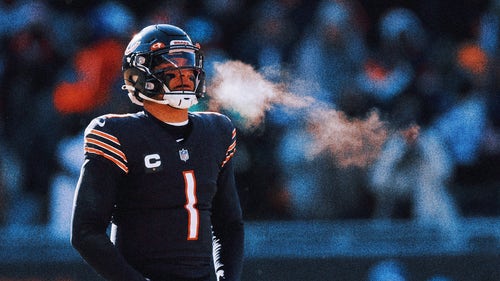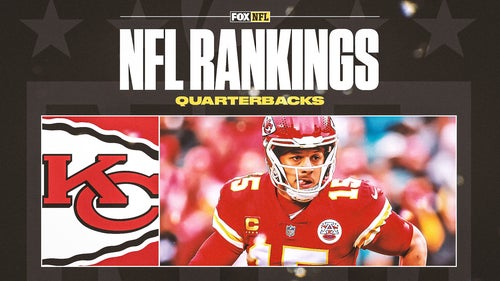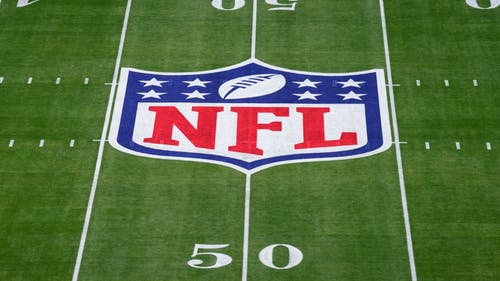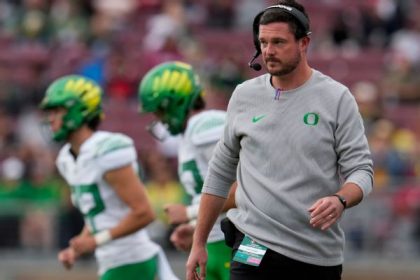Eric Williams
NFC West Writer
Brock Purdy‘s meteoric rise from Mr. Irrelevant in the 2022 draft to the starting quarterback for one of the best teams in the NFL was one of the most compelling stories in the league last season.
Taking over for an injured Jimmy Garoppolo, Purdy finished 7-0 in games he started and finished. He had the San Francisco 49ers one game from the Super Bowl before suffering a torn UCL ligament in his right elbow in the opening quarter of the NFC Championship Game.
Over those seven starts, which included two postseason victories, Purdy led the league in total touchdowns (16), passing yards per attempt (9.0) and passer rating (116.0).
With an injury common in baseball but unusual for NFL quarterbacks, Purdy faced an uncertain future after having surgery to repair the ligament in March. But he put in the time, just like he did in the lead up to the draft, when he picked up an unheard-of 5 mph in velocity.
ADVERTISEMENT
Four-and-half-months after surgery, Purdy was back on the practice field at the end of July, leading San Francisco’s starting offense at training camp. While what the 49ers would do with former No. 3 overall selection Trey Lance commanded most of the headlines, Purdy quietly went about his business and is now ready to lead the 49ers when they open the regular season on the road against the Pittsburgh Steelers on Sunday.
“I feel like I’m back to a normal routine with my arm and stuff,” Purdy told reporters during training camp. “So, still obviously taking care of it as much as I can on an off-day and whatnot, but I feel almost back to normal.”
Purdy’s recovery is a testament to his diligent work performed with Dr. Tom Gormely, the director of sports performance and head of sports science at Tork Sports Performance, along with Will Hewlett, an on-field mechanics quarterback performance coach with Tork.
After a few months of rehab work back home in Arizona after surgery, Purdy spent a month training at Tork’s Saint Augustine, Florida, facility, working to get the strength and mobility back in his throwing arm before the start of training camp.
“The nice thing was throughout the whole routine this offseason, we knew he was in a good position because there was never any pain,” Hewlett told FOX Sports in an exclusive interview. “It was just working through fatigue and him being comfortable with letting go. There’s a point where you are learning to trust your body again. So the big deal for me with Brock was to let him feel confident when the ball came out of his hand on a throw.”
Purdy followed a collaborative, detailed plan put together by the 49ers’ medical staff, Dr. Keith Meister — who performed the surgery — and members of Tork. Brock’s younger brother, Nebraska quarterback Chubba Purdy, was around for some of the workouts.
“The focus was getting back to a point where he could feel confident throwing consecutive days,” Hewlett said. “We could increase volume and then start to get a groove back for feeling good and confident about his throw.”
Hewlett said a typical training day for Purdy consisted of a pre-throw routine using weighted balls, bands and constraint drills to help the QB gear up for his throwing regimen — something Tork has become known for in the performance space. That pre-throwing routine lasted anywhere from 30 to 45 minutes, with each throw tracked.
From there, Purdy worked through a structured session with a football that included specific types of throws lasting from 45 minutes to an hour and a half, depending on breaks for the Florida heat.
“Keep in mind during that time in Florida the heat was something else,” Hewlett said. “We had some 95-plus degree days on the turf. Battled through the fatigue of the weather. And then slowly but surely, people started to recognize, ‘Hey, is that Brock Purdy?’ He’s a very recognizable athlete now, to the point where there’s random soccer players on 14-U teams in Jacksonville, Florida, that are big fans of Brock Purdy.”
After the throwing session, Purdy would go through a post-throwing routine back at the Tork facility, which included a series of post-throw drills to recover and put his arm in a good position for the next day.
Hewlett said it was a matter of just watching Purdy’s velocity slowly tick back up over the monthlong training session.
“I think a good analogy would be to imagine running every day of your life for a year, and then you stopped running for six or seven months,” Hewlett said. “You’d be surprised, it goes away quick, right? So, just putting him back into a position where he felt really comfortable. The big landmarks were consecutive days throwing, and then at the end of sessions being in a position where his arm felt like he could keep going. And we still shut it down.
“It was nice. We got to throw live routes, spot throws. And then get back to some of the stuff that makes him such a great player, with the off-platform throws and on the move, creating some off-schedule movement and some dynamic throwing. And from there he would go into a very specific lift, and then get his soft tissue work and any kind of medical needs that he had to make sure his body was feeling right. And then we would just kind of repeat that undulated load. Some days are heavy, some days are light. Some days are medium. We were able to push on some days, and then we go from there.”
Hewlett said Tork also brought in Chris Hess, a biomechanics expert who uses 3-D motion capture analysis to digitally map out a quarterback’s throwing motion.
“We made sure that we got Brock recaptured, so we could see where maybe there were some deficiencies in hip rotation,” Hewlett said. “And from that point, Tom and I kind of came up with our final thoughts as he headed out to camp.”
Purdy hasn’t retained the full velocity he threw with a year ago, but he’s working to get there. Hewlett said Purdy’s performance last season once again changed the perception of what smaller quarterbacks can do in the NFL.
[Do you want more great stories delivered right to you? Here’s how you can create or log in to your FOX Sports account, follow your favorite leagues, teams and players and receive a personalized newsletter in your inbox daily.]
Stetson Bennett going to the Los Angeles Rams and Jake Haener going to the New Orleans Saints in the fourth round are examples of that. While Purdy ran a 4.84 40 at the combine, his 1.55-second 10-yard time was elite.
“You could tell leading up to the combine and the pro day that he gets locked in,” Hewlett said. “I recall one moment after the East-West Shrine Bowl last offseason where we were going over some film and talking through a play, and the way he described in detail what players were doing on the field and how he described it, I immediately knew the game itself was actually pretty slow for him.
“He saw things at a very detailed level. And that was like a moment where I was like, ‘This kid is going to be all right.'”
After another offseason with Hewlett & Co., it looks like Purdy is going to be all right once again.
Eric D. Williams has reported on the NFL for more than a decade, covering the Los Angeles Rams for Sports Illustrated, the Los Angeles Chargers for ESPN and the Seattle Seahawks for the Tacoma News Tribune. Follow him on Twitter at @eric_d_williams.
NFL trending
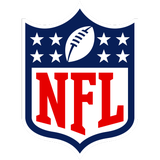
Get more from National Football League Follow your favorites to get information about games, news and more

